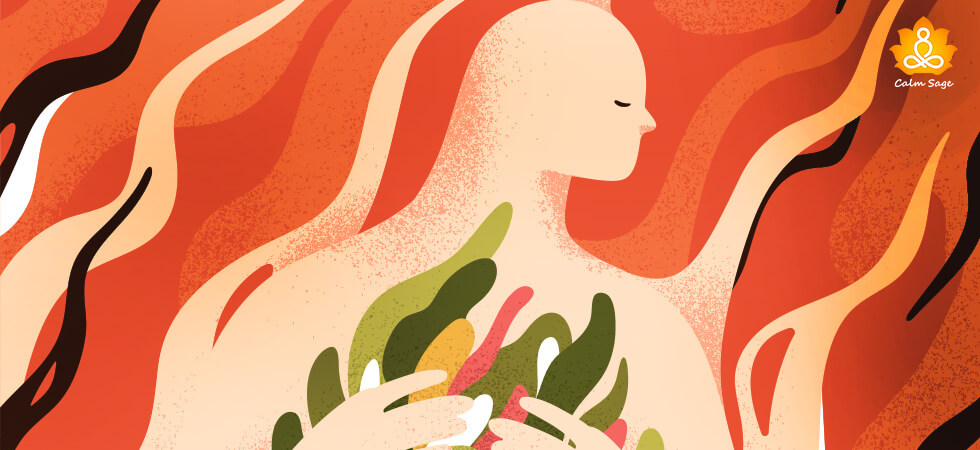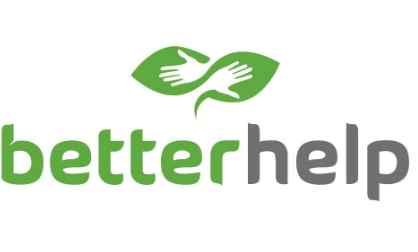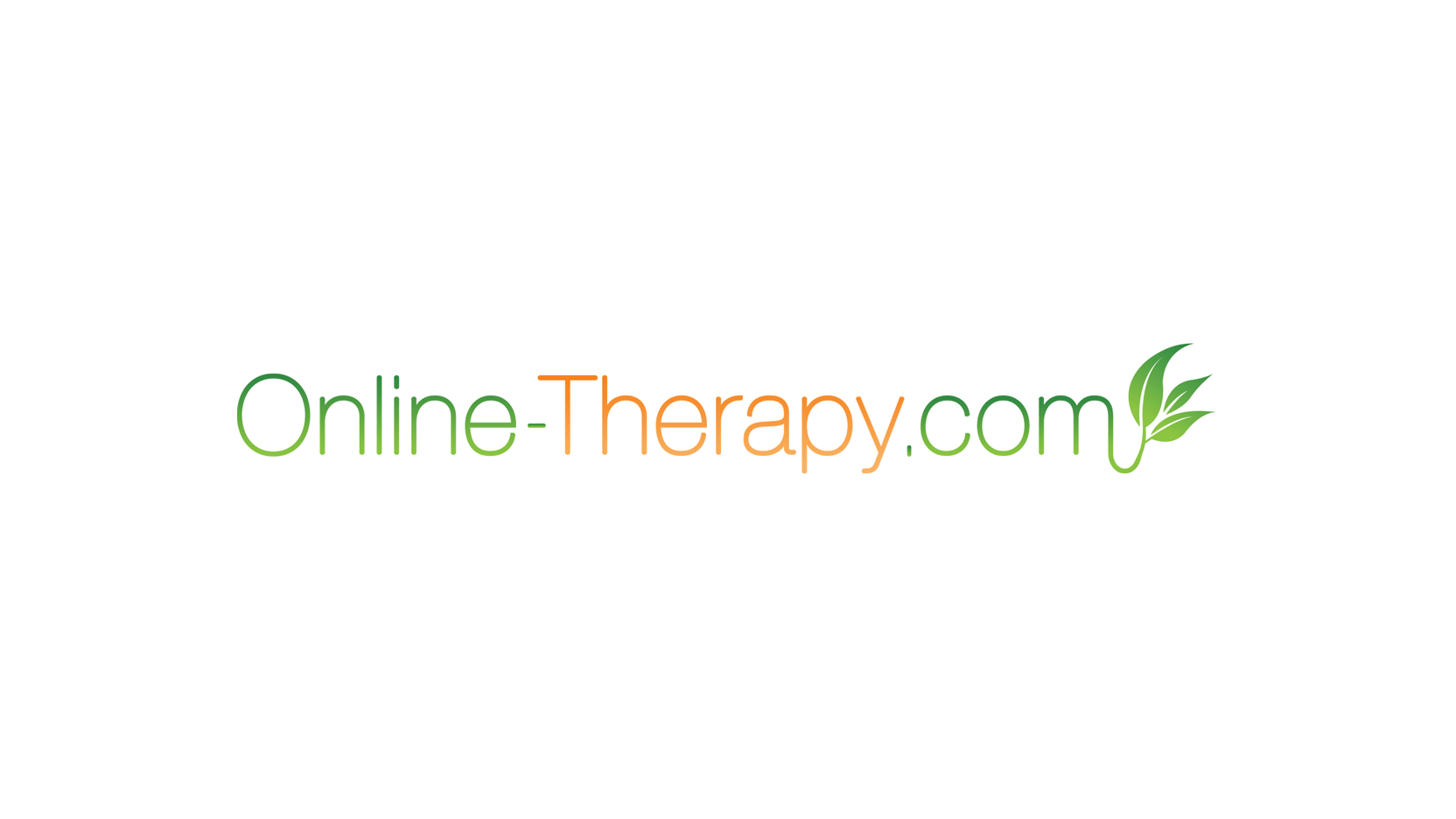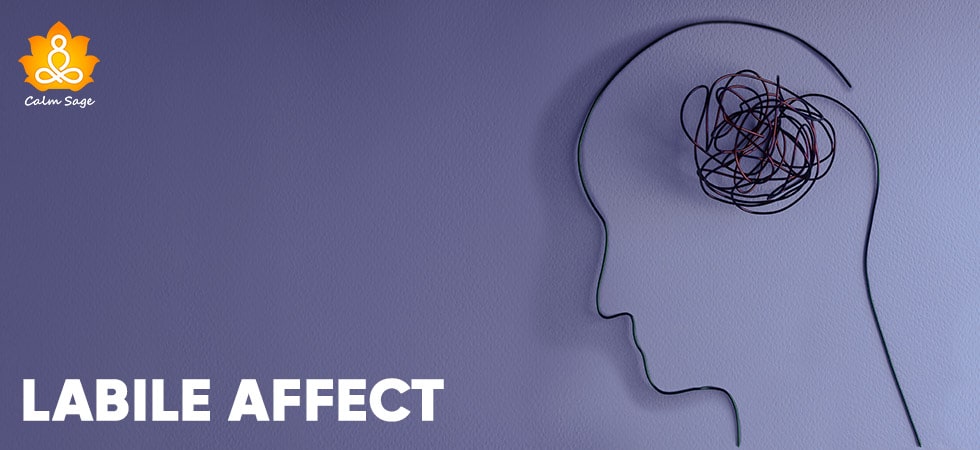Inner Childhood Wounds: What Do They Mean, Signs, And How To Overcome

Nobody’s childhood was perfect… some of us had emotionally unavailable, emotionally unsafe, dependent, emotionally incest, strict parents, or caregivers! It takes a lot for some parents to realize the awareness, responsibility, and capacity to fulfill the emotional needs of their children.
Emotional safety and security are more than we can imagine! Ever thought about what happens when we constantly battle with feelings of unsafe, insecure, or unavailability… wound develops in our brain.
Do you know what makes our inner childhood wounds more dangerous…we … especially when we try to repress those feelings again and again.
In this blog, we will learn what inner childhood wounds, the signs of inner childhood wounds, and how to overcome them. So, let’s get started!
What are Inner Childhood Wounds?
Let us begin with the basics first… what is an inner child? Well, the inner child is a part of our soul that is still creative, innocent, and keeps different healthy and positive aspects towards life, really does not matter if you’re 25 or 80… inner child lives with us!
When we stay connected with our inner child, it makes us feel inspired, motivated, and excited even for little things and when we get disconnected with our inner child…it does the opposite!
When we were young, there were certain situations or circumstances which made us feel abandoned, hurt, or traumatized (intentionally or unintentionally). Inner childhood scars are those traumatizing situations that happened during childhood that makes us feel shameful, unworthy, unlovable, fearful, distrustful, ungifted, unwanted, and whatnot.
With all those scars, when we become a caregiver or parents, we try to fulfill all our unmet needs. This helps in repressing the trauma we’ve been hiding for so long. but, do you know that the trauma or wounds remain active…it’s just we learn to dissociate with it.
Psychologically, it is really important to acknowledge, process, and heal your wounds so that you can end this cycle of suffering and put yourself on the journey of self-healing! The first step towards self-healing is to acknowledge our signs and process them. In the next section, let us read about the signs of inner childhood wounds.
20 Signs of Inner Childhood Wounds
In this section, let us read about the signs of inner childhood wounds so that we can learn the general extent of inner child:
1.Addiction
Due to suppressed wounds or unresolved issues from childhood, people pick up addictions like drugs or alcohol to cope. As a consequence, such addictions can directly impact physical and mental well-being. In such cases:
Call or visit the Substance Abuse and Mental Health Services Administration’s (SAMHSA) hotline at 800-662-4357 to get help.
2. Conflicted personality
An individual with repressed inner childhood wounds is likely to have a conflicted personality due to hidden or underlying inner childhood trauma or mental health issues. For example, for a moment you’ll find them positive and the other moment you can see them being silent for hours.
3. A constant fear of abandonment
People dealing with wounded inner childhood struggle with a constant fear of abandonment or rejection. Due to ongoing issues, they might start seeing love or affection as untrustworthy.
4.Depression
Depression is one of the common mental health disorders caused by inner childhood wounds. It’s quite natural to feel down or depressed due to neglect, abuse, or violence experienced in childhood. If the symptoms are followed by sleep disturbances, anxiety, restlessness, anger, hopelessness, or emptiness, you must connect with a mental health professional.
5.Difficulty forming relationships
Fear of being abandoned, neglected, or trust issues can also result in difficulty to form or maintain relationships with people. For example, you might want to distance yourself from people with dominating personalities as it may result in more insecurity.
6.Emotional repression
Due to neglect or abuse experienced in childhood, people might unconsciously or consciously repress their emotions as a habit. Additionally, people also learn to bottle up their inner childhood wounds in adulthood.
7.Guilt
Guilt is rooted in inner criticism and judgments expressed by loved ones in adulthood. If someone or your parents blamed you for specific situations, it is time to move on and free yourself from the guilt or shame you’ve held for years.
8.Inability to ask for help
Sadly, people struggling with inner childhood wounds are not able to seek or ask for help as they were forced to become self-reliant and independent in childhood which makes it difficult to ask for help.
9.Incapable of saying “No”
Due to a lack of boundaries and difficulty to form or maintain relationships, people with repressed inner childhood wounds are not able to say “no’ even when it’s important for their sanity.
10.Insecure attachment style
An insecure attachment style is developed due to over-clinginess, unmet emotional needs, or abandonment. To learn more about insecure attachment style, refer to:
Insecure Attachment Style: Signs, Causes, And Coping To Look For!
11.Lack of a strong identity
Children who were raised by strict parents with high standards often develop inner childhood wounds as during childhood they somehow lose their unique sense of self. The urge to prove themselves in front of their parents makes it hard to make decisions as an adult.
12.Lack of healthy boundaries
People who had emotionally incest parents lack healthy boundaries as an adult because they feel they are unreliable and they are unworthy of love which makes it more difficult to set healthy boundaries with their friends or loved ones.
13.Lack of intimacy
Due to abuse (be it emotional, physical, or sexual), a person dealing with inner childhood wounds might not be able to form intimacy directly as they might be avoiding or fearing the same inner childhood trauma again.
14.Lack of trust
Due to neglect, abandonment, abuse, or trauma, a person dealing with inner childhood wounds might develop distrust as an adult to protect themselves. They might also become unwilling to open up to others due to a lack of trust.
15.Low self-esteem
Negative feelings and lack of self-worth often result in low self-esteem especially when it is coming out from the neglect experienced during childhood. Some common symptoms of low self-esteem revolve around hyper-focusing on failures, harsh comparisons, and self-blame.
16.Perfectionism
Perfectionism runs in everyone but it’s a little bit harsher in people struggling with inner childhood wounds as they are always self-competing with themselves and trying to prove themselves in front of the world.
17.Social avoidance
People struggling through inner childhood wounds are anti-social because they identify the world through the lenses of an abuser and everything becomes traumatic for them when they try to be socially available.
18.Suppressed anger
Suppressed anger is one of the common signs of inner childhood wounds that can be developed due to inner childhood trauma, avoidance, and more. Such anger can also be developed due to a lack of trust, betrayal, shame, guilt, or judgment caused by loved ones or parents.
19.Underlying mental and physical health issues
Childhood trauma, negligence, avoidance, or judgment can be so chronic or intense that they can develop into physical and mental health issues like eating disorders, sleep disorders, insomnia, depression, headaches, low immunity, and more. Additionally, they can also develop a lack of concentration, extreme mood swings, low energy, anxiety, and other mental health issues.
20.Unworthiness
Due to neglect, abuse, abandonment, or self-worth issues, people often describe themselves as “unworthy” of everything.
Ways to Overcome Inner Childhood Wounds
1.Acknowledge your issues
The first ever step towards overcoming your inner childhood wounds is learning to un-suppress your feelings or emotions, let those feelings come out, acknowledge them, and put yourself on a self-healing journey. Acknowledge your issues so that you can allow yourself to feel deeply and mindfully. During this phase, try to recollect all the memories, struggles, or experiences you had.
2.Journal your thoughts
After acknowledging your emotions, give yourself some time and get a journal book or paper. After doing so, divide your childhood into four phases: infant, toddler, pre-scholar, and scholar. Within each stage, try to put down your thoughts, feelings, and emotions associated.
While writing down your emotions, there are high chances of feeling sad or depressed, but don’t stop and keep writing down the experiences, words, or voices followed by the inner childhood wounds. Journaling your thoughts will not only allow you to acknowledge your feelings but will also allow you to learn about your experiences more.
3.Write a letter to your inner child and self-forgive
After writing down your feelings, it’s time to say goodbye to inner childhood wounds and move positively towards new learnings and experiences. Start by writing a letter to your inner child, mentioning your feelings, and focus on staying loved, cared for, and understood.
Try to use your non-dominant hand and craft this conversation to bury the past and welcome new experiences. In the end, self-forgive and move on!
4.Connect with a loved one
After doing so, connect with a loved one (maybe your partner, friend, colleague, or relative) to talk about how you feel right now and how you felt during childhood after experiencing those inner childhood wounds.
Share your pain so that you can feel heard and validated by someone who supports you, and also share how your inner childhood was wounded so that they can support you or share their experiences to reflect on. Remember, it’s time for new experiences and investment in your overall well-being. In the end, it will be worth it!
5.Practice affirmations
Practicing affirmations is a strong way to support your new journey and feel loved, worthy, and positive. When we repeat affirmations, we begin to self-heal. To learn more about affirmations, you can take the help of:
6. Re-parent yourself
Have you ever asked yourself…how you will like to make your inner childhood safe with someone? While we move towards the journey of healing, do you know one of the best and most effective ways to overcome inner childhood wounds is to re-parent yourself?
Yes, it’s possible… you can again parent your inner child and invest in growth and development from a new perspective. It will also allow you to increase optimism, creativity, acceptance, self-love, and more.
7. Seek professional help
It’s really important to free ourselves from the traumatic experiences we’ve been holding for so long. During the process, if you feel stuck, you can always take the help of a mental health professional. A mental health professional will help you with self-acceptance and self-healing.
To connect with a mental health professional through online platforms, refer to:

Great for a large network of licensed therapists
-
$60 to $90/week, billed every 4 weeks
-
Therapy via messaging, phone, or live video chat
-
Flexible cancellation at any time
20% off your first month

Great for CBT Based therapists
-
$40/week, billed every 4 weeks
-
Therapy via messaging, phone, or live video chat
-
Specialization for CBT based Therapy
20% off your first month

Best for Treatment Plants
-
$60 to $90/week, billed every 4 weeks
-
Therapy via messaging, phone, or live video chat
-
Flexible cancellation at any time
$100 off your first month with code SPACE
I hope this blog helps you understand what inner childhood wounds are, their signs, and how to overcome them.
Comment down and share your queries or you can also write us at calmsage.
For more such content, connect with us through all social media platforms.
Thanks for reading!




















